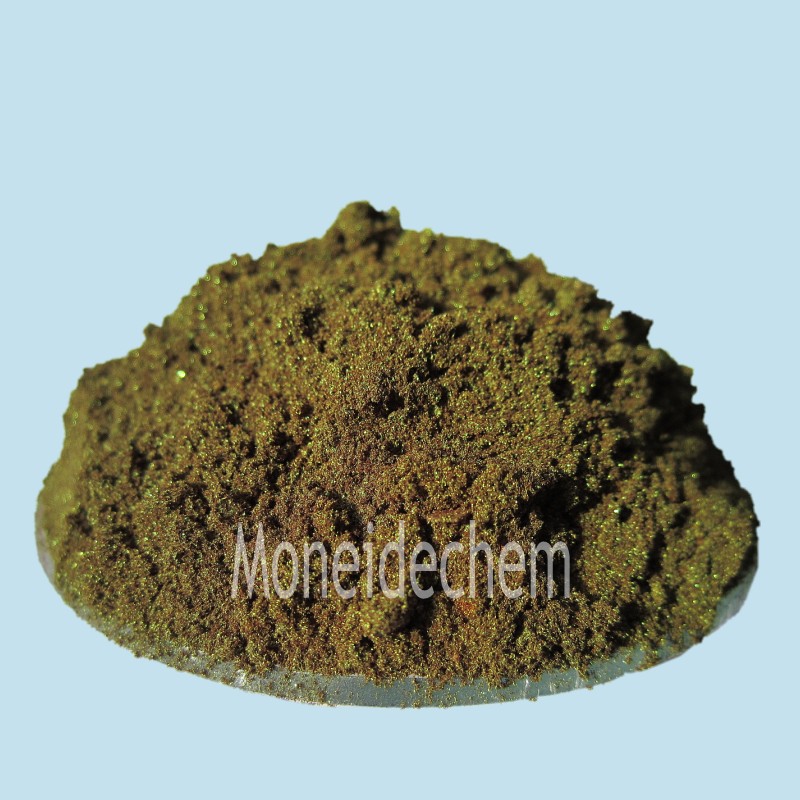모네이드 케미컬스
Tel: 86-315-8309571
WhatsApp/WeChat/Mobile: 0086-15633399667
스카이프: janet-honest
주소: 2-7-523 Jidong Building Materials Tangshan, Hebei 064000 중국
|
화학명 |
Rhodamine B |
|
CAS 번호 |
81-88-9 |
|
분자식 |
C28H31N2O3Cl |
|
EINECS No. |
201-383-9 |
|
분자량 |
479.02 |
|
분자 구조 |
|
|
세부 |
Appearance: Bottle green crystal Sensitivity test for antimony: Passes test Solubility in water: Passes test Sulfated ash: 0.25%max 용해도: solve in 70share ice water, 10share alcohol,150share chloroform. 포장 : 25kg/섬유 드럼 |
|
주요 응용 프로그램 |
Used for REDOX fluorescence indicator and biological dye. |
1. What is Rhodamine B?
Rhodamine B is a synthetic fluorescent dye belonging to the xanthene class, known for its bright pink-red color and strong fluorescence under ultraviolet or green light. It is widely used in biological staining, industrial applications, and research due to its high stability and water solubility. Chemically, it consists of an ethylamine group attached to a xanthene core, which enhances its fluorescent properties. While commonly employed as a tracer dye, it is also used in textiles, inks, and cosmetics, though its use in food products is restricted due to potential toxicity.
2. What is the feature of Rhodamine B?
Rhodamine B is characterized by its intense fluorescence, high photostability, and solubility in water and organic solvents. It emits bright orange-red light when excited, making it useful in fluorescence microscopy and flow cytometry. The dye is also pH-sensitive, changing color in acidic or alkaline conditions. Additionally, it exhibits strong adsorption properties, allowing it to bind to certain materials, which is beneficial in industrial and environmental tracking applications. However, it is considered a potential carcinogen, requiring careful handling in laboratory and industrial settings.
3. Rhodamine B Application
Rhodamine B is widely used in biological research as a fluorescent tracer to study cell structures, blood flow, and water movement in hydrological studies. In industry, it serves as a dye for textiles, paper, and inks. It is also employed in leak detection, wastewater tracking, and as a marker in antifreeze solutions. Despite its utility, regulatory restrictions limit its use in food and cosmetics due to safety concerns. In microscopy, it helps visualize cellular components, while in environmental science, it tracks pollutant dispersion in water systems.


























